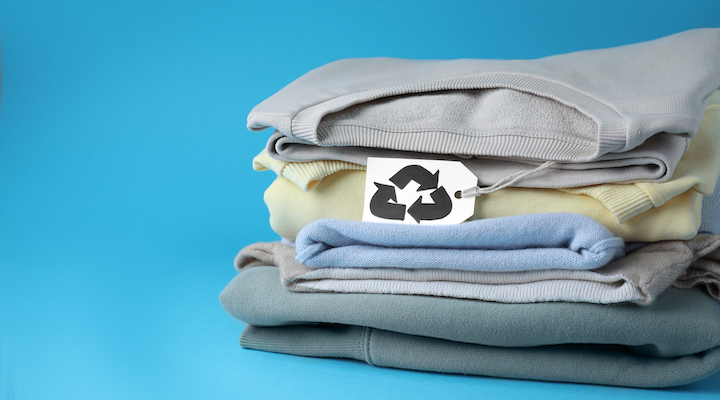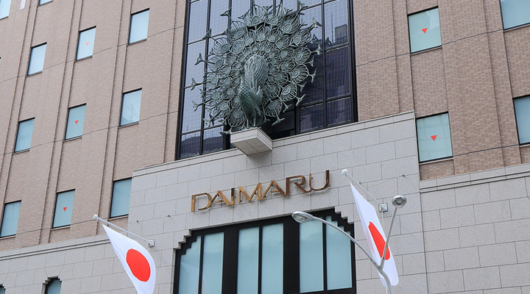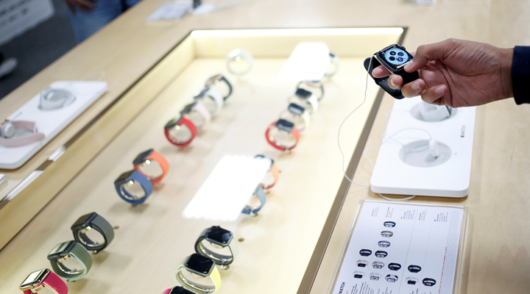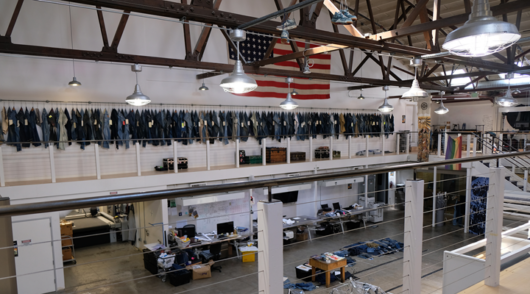At least two significant forces are reshaping how and where consumers shop and their expectations of brands. The rising cost of living means people are looking to save money, and escalating climate issues are prompting more sustainable behaviours.
At the intersection of these sits the circular economy, an antidote to consumption and waste. That is, a move away from the traditional linear supply chain where raw materials have been extracted, used in production, and often discarded as landfill.
Instead, it’s a transition to a circular model of production and consumption that keeps materials in the system for as long as possible, thereby reducing waste, pollution, and carbon emissions.
The mechanics of the circular economy are grounded in the Nine R’s of circularity. Among others, those include rethinking and reducing, through smarter product use and design, then extending the product lifecycle through reusing and repairing, and finally, recycling and recovering energy post-usage.
Despite the positive impact of this more sustainable economic model, Circular Australia estimates that only 4 per cent to 5 per cent of Australia’s economy is circular. In stark contrast, Finland is targeting 100 per cent by 20252.
Encouragingly, consumers are ready to increase participation in the circular economy. However, according to CommBank’s latest Consumer Insights Report – Circular Economy: The impact of business-led action on future consumers, they are calling on businesses to take the lead.
Commonwealth Bank’s executive manager, consumer and diversified industries, Jerry Macey, says: “People are concerned about the amount of waste and consumption in society, but as more effort, planning and costs are involved, participation tends to decline. Consumers want businesses to make it more convenient to take part.”
Circular initiatives in action
Almost two in three consumers expect businesses to do more to embrace the principles and benefits of the circular economy, the CommBank report shows. Most also want to learn more, and around a third will pay extra to support businesses’ circular programs.
Pheobe Yu, the founder & CEO of Ettitude, a company focused on using more sustainable, innovative textiles and a range of ethical practices in its products and operations, is adamant that the “burden is on the brand, not the consumer”.
Yu believes brands need to educate consumers and make participation easier. That includes being transparent with customers about the impact of Ettitude’s products and evaluating every product against life cycle and other sustainability metrics to ensure they meet or exceed the highest industry standards.
“Providing consumers with the data they need to compare the impact of each of our products means they are better equipped to make purposeful purchasing decisions,” Yu says.
The CEO of Winning Group, John Winning, agrees it’s crucial to remove the barriers that restrict customers from participating.
“Since 2005, we’ve offered free removal and recycling of old products, which is a key reason why people shop with us,” Winning says.” Now we are teaching consumers how to look after their appliances, so they last longer, and are looking into opportunities to increase repair and serviceability of appliances.”
Tips to increase circularity
Now is the time for businesses to develop helpful initiatives encouraging consumers to adopt more positive habits. Based on the views of consumers, experts and businesses, here are just some of the tactics and benefits worth considering:
- Embracing circular principles: Shifting internal mindsets to adopt circular principles to increase impact and align with current and future consumer expectations.
- Make it easy for consumers: Making participation in circular activities accessible and convenient for shoppers to positively influence consumer behaviour, uplift the customer experience and build loyalty.
- Promote awareness and education: From product composition to programs, businesses can increase the quality and transparency of information. Tailor messaging by the audience can align with different needs across channels and personalise the experience.
- Work with supply chain partners: Collaborating and communicating with suppliers to ensure the development of circular practices and jointly navigating any cost considerations.
- Experimentation and piloting: Launch, test, or increase communication relating to buy-back, resale and recycling programs to confidently engage motivated consumers. Some of them may jointly contribute to extra costs.
- Improve the online marketplace experience: Leverage reputation and processes to be more active in marketplaces or launch dedicated online communities to improve consumers buying and selling experiences. This has the potential to enhance brand affinity and control.
For more insights into consumers changing attitudes toward the circular economy and how businesses can respond, visit www.commbank.com.au/consumer-insights
About CommBank Consumer Insights
CommBank Consumer Insights is an exclusive, wide-ranging analysis of the Australian consumer with this edition focused on understanding consumer attitudes and expectations of their experiences in relation to the circular economy. This edition is based on an online quantitative survey conducted by ACA Research on behalf of the Commonwealth Bank. The survey was conducted in July and August 2022 and was completed by 5,633 consumers of goods and services.
Each respondent answered questions from one category within each of the following two questionnaire sections:
- One of the following categories in which they own one item they don’t use, including: recreational sporting and outdoor goods (n=763), printed books, games, music and media (n=767), motor vehicle parts and accessories (n=750), consumer electronics (n=761), DIY building and garden tools and equipment (n=762), homewares and household appliances (n=764), fashion items (n=769). There were also 297 respondents that didn’t have any unused items in these categories.
- One of the following categories which they use at least once a year, including: food and beverage services (n=1,395), fast food and quick service restaurants (n=1,395), accommodation (n=1,394) and personal care services (n=1,397). There were also 52 respondents that didn’t use these services.
The sample was selected to ensure the results are nationally representative. All statistics and references to consumers in this report are based on the responses to the survey unless otherwise stated.
Things you should know:
This article is intended to provide general information of an educational nature only. It does not have regard to the financial situation or needs of any reader and must not be relied upon as financial product advice. You should consider seeking independent financial advice before making any decision based on this information. The information in this article and any opinions, conclusions or recommendations are reasonably held or made, based on the information available at the time of its publication but no representation or warranty, either expressed or implied, is made or provided as to the accuracy, reliability or completeness of any statement made in this article.
- Commonwealth Bank of Australia ABN 48 123 123 124. AFSL and Australian Credit Licence 234945.






